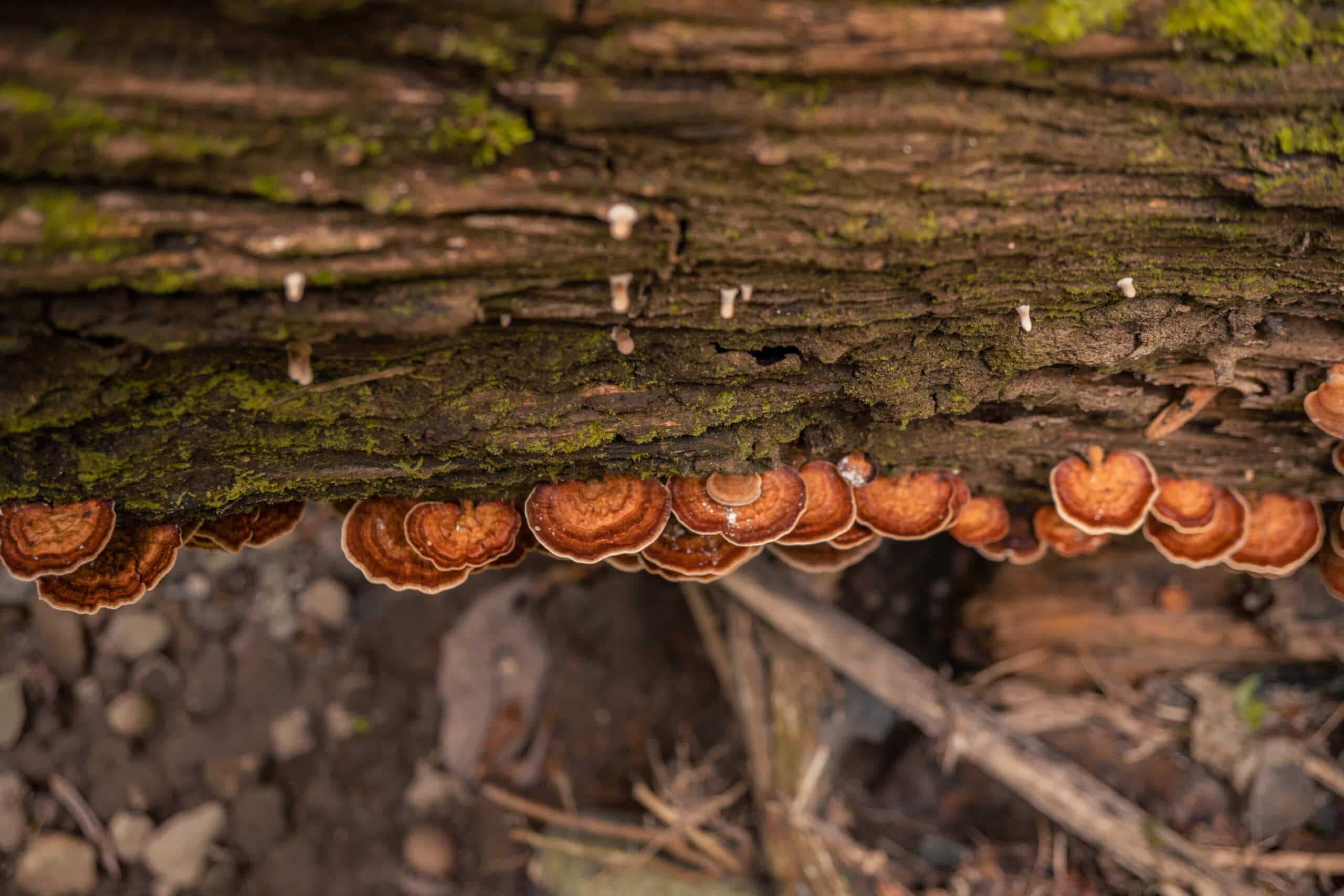What Trees Should You Not Eat Chicken of the Woods off of?
Key Takeaways
- Chicken of the Woods mushroom, scientifically known as Laetiporus, is an edible mushroom that typically grows on the trunks or stumps of trees.
- The safe trees for harvesting Chicken of the Woods include oak, willow, beech, and poplar trees.
- Avoid harvesting Chicken of the Woods from yew, cedar, pine, and unidentified trees, as they can host toxic mushrooms.
Chicken of the Woods mushroom, scientifically known as Laetiporus, is a popular edible mushroom that can be found in the wild. However, not all trees are safe for harvesting this mushroom. In this article, we will explore the trees you should avoid when foraging for Chicken of the Woods.
Understanding Chicken of the Woods Mushroom
Before delving into the trees to avoid, let’s first understand a bit about the Chicken of the Woods mushroom itself. This mushroom is known for its vibrant orange or yellow color and its shelf-like appearance. It typically grows in clusters on the trunks or stumps of trees.
The Chicken of the Woods mushroom is considered a choice edible, with a taste and texture similar to chicken. It is often used as a meat substitute in vegetarian and vegan dishes due to its unique flavor profile.
The Safe Trees for Harvesting Chicken of the Woods
While Chicken of the Woods can be found on various tree species, there are a few trees that are considered safe for harvesting this mushroom:
- Oak Trees: Chicken of the Woods has a particular affinity for oak trees, especially the dead or dying ones. Look for mushroom growth on the trunks or stumps of oak trees.
- Willow Trees: Willow trees, particularly the black willow, are also known to host Chicken of the Woods mushrooms.
- Beech Trees: Beech trees are another suitable host for Chicken of the Woods. Look for the mushroom on the trunk or base of beech trees.
- Poplar Trees: Poplar trees, including aspen and cottonwood, can also provide a habitat for Chicken of the Woods mushrooms.
These trees are generally safe to harvest Chicken of the Woods mushrooms from, but it’s important to exercise caution and ensure the mushrooms are in good condition before consumption.
Avoiding Unsafe Trees
While there are no specific inedible trees mentioned in the provided text, it’s still essential to be aware of potential dangers when foraging for Chicken of the Woods. Some trees can host toxic or poisonous mushrooms that may resemble Chicken of the Woods.
It is crucial to avoid harvesting Chicken of the Woods from the following trees:
- Yew Trees: Yew trees are known to host toxic mushrooms, including the deadly Amanita species. Take extra care to avoid mistaking these mushrooms for Chicken of the Woods.
- Cedar Trees: Cedar trees can also host toxic mushrooms, such as the deadly Galerina species. Ensure you can differentiate between Chicken of the Woods and potentially harmful look-alike mushrooms.
- Pine Trees: Although Pine trees are not commonly associated with Chicken of the Woods, it’s important to avoid harvesting from them due to the potential for toxic mushrooms.
- Unknown or Unidentified Trees: If you are unsure about the tree species, it is best to avoid harvesting Chicken of the Woods mushrooms from it. Without proper identification, there is a risk of consuming mushrooms with adverse effects.
Always consult a reliable field guide or seek guidance from experienced foragers to accurately identify the trees and mushrooms you encounter in the wild.
Conclusion
When foraging for Chicken of the Woods mushrooms, it is essential to know which trees are safe and which ones to avoid. Oak, willow, beech, and poplar trees are generally considered safe hosts for this mushroom, while yew, cedar, pine, and unidentified trees should be avoided. Remember to exercise caution, properly identify the trees and mushrooms, and consult reliable sources to ensure a safe and enjoyable foraging experience.
Related Websites:
FAQs:
Q: What is chicken of the woods?
Chicken of the woods is a type of edible mushroom with a distinct orange or yellow color. It is often described as having a meaty texture and mild flavor. This mushroom is popular among foragers for its culinary versatility and ability to mimic the taste and texture of chicken.
Q: How can I identify chicken of the woods?
To identify chicken of the woods, look for its vibrant orange or yellow coloration. It typically grows in shelf-like clusters on the trunks or branches of trees. It has no gills or stem, and the underside of the mushroom will have a pore surface. It is crucial to correctly identify the mushroom before consuming it to avoid any potential risks.
Q: Why is tree selection important when foraging chicken of the woods?
Chicken of the woods grows exclusively on trees, so the type of tree it is found on matters. Some trees may contain toxins or chemicals that can be absorbed by the mushroom, making it unsafe for consumption. It is essential to choose trees that are known to be safe and suitable for foraging chicken of the woods.
Q: Which trees should I avoid foraging chicken of the woods?
Certain trees should be avoided when foraging chicken of the woods due to potential risks. Trees that are known to release harmful chemicals or toxins, such as conifers or trees treated with pesticides, should be avoided. Examples include cedar, yew, eucalyptus, and trees near highways or industrial areas.
Q: Which trees are suitable for foraging chicken of the woods?
Chicken of the woods is commonly found on hardwood trees, particularly oak, beech, and maple. These trees are considered safe and ideal for harvesting chicken of the woods. It is best to look for mature, healthy trees in natural environments for the best chances of finding this mushroom.






